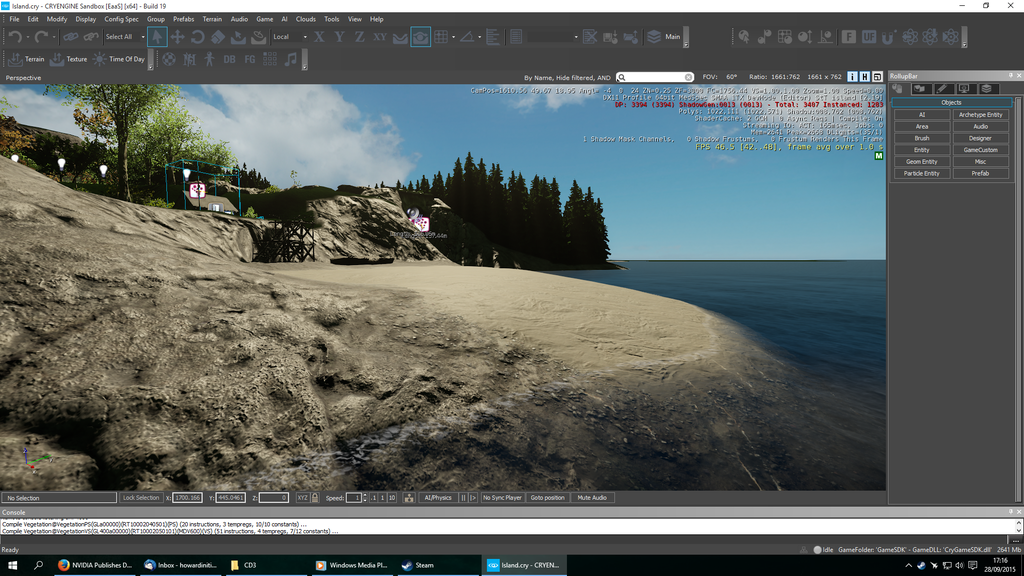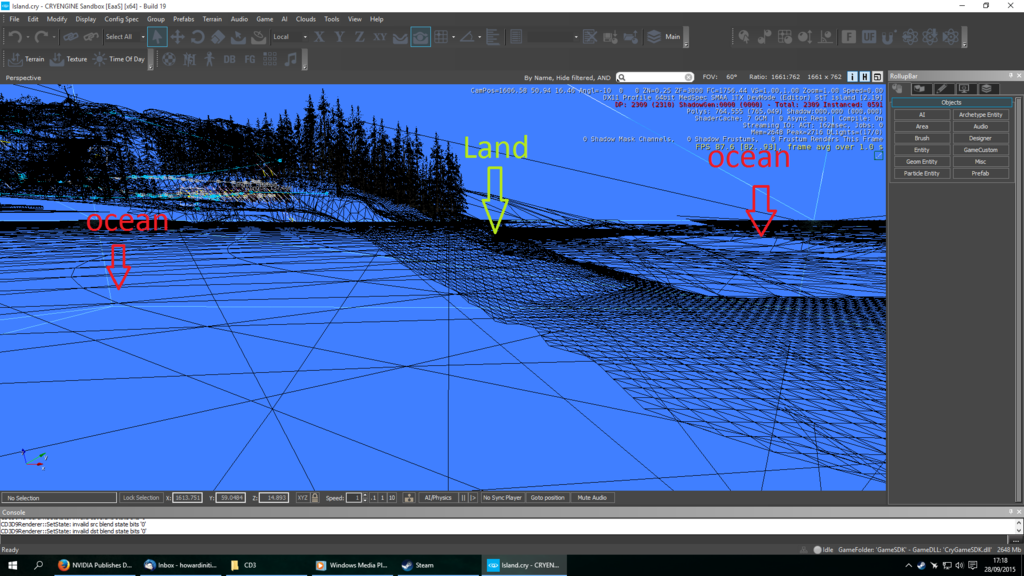Soldato
- Joined
- 5 Sep 2011
- Posts
- 12,884
- Location
- Surrey
GameWorks doesn't do anything with tesselation, tess is driven by the source code and on to the pipeline. The developer only need change tess factors if enough people have performance issues. Which they have done in the most recent case. There is literally no way of twisting this information or fact to be anything else.
These high factors are only an issue because of inferior performance and not least of all on non game critical effects optimised to run on the vending authors hardware. Has little bearing on tips on good middleware optimisation if you have a basic grasp on the matter.
These high factors are only an issue because of inferior performance and not least of all on non game critical effects optimised to run on the vending authors hardware. Has little bearing on tips on good middleware optimisation if you have a basic grasp on the matter.
Last edited:







